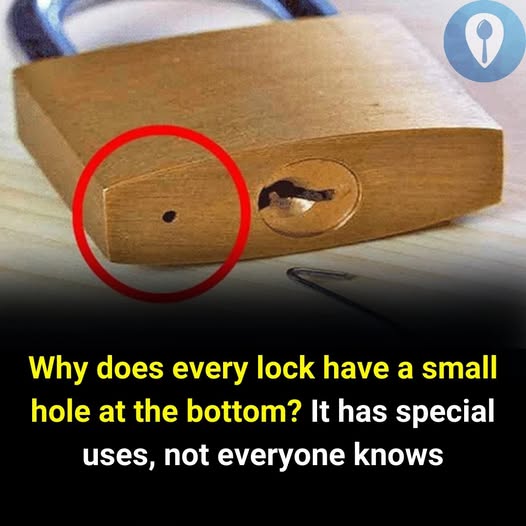If you’ve ever examined a padlock closely, you may have noticed a tiny hole at the bottom. While it might seem like a manufacturing flaw, this little hole actually serves some very important purposes—especially when it comes to maintenance and durability.
The most critical function of this small hole is drainage. Padlocks are often exposed to rain, humidity, and other moisture. If water were to accumulate inside the lock, it could lead to rust and corrosion of the internal mechanisms. This hole allows water to escape, preventing the lock from seizing up and extending its lifespan significantly.
Another key reason for this hole is lubrication. Over time, the inner parts of a lock can become stiff or dry. The hole offers a perfect access point to apply oil or graphite lubricant, keeping the lock functioning smoothly. In some cases, locksmiths also use this hole as an access point to disassemble or unlock the device in emergencies or repairs.
So, the next time you see that small hole at the bottom of a padlock, know that it’s not just there for show—it’s a clever design element meant to help your lock withstand the elements and continue to serve its purpose for years. Small details like this are easy to overlook, but they play a big role in everyday security devices.
Disclaimer:
This article is for informational purposes only. It is not intended as professional security or locksmith advice. Always consult with a qualified locksmith for any issues or concerns regarding locks and security systems.
